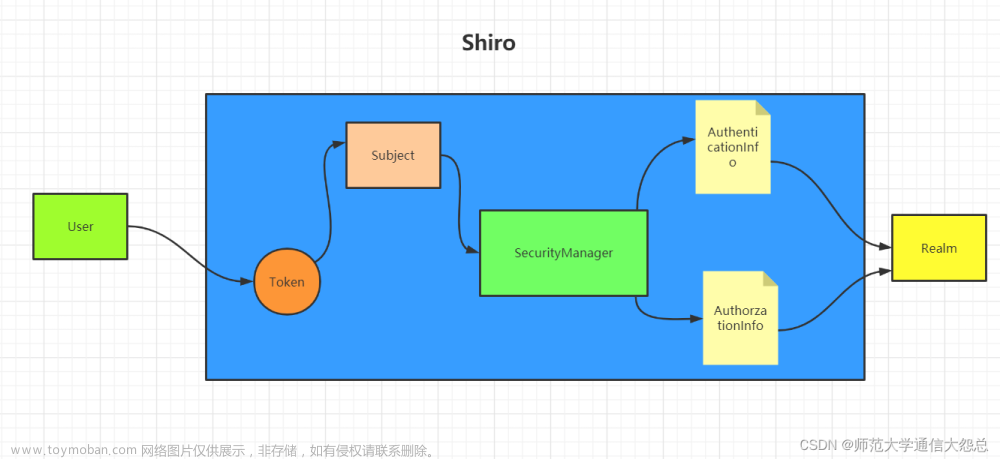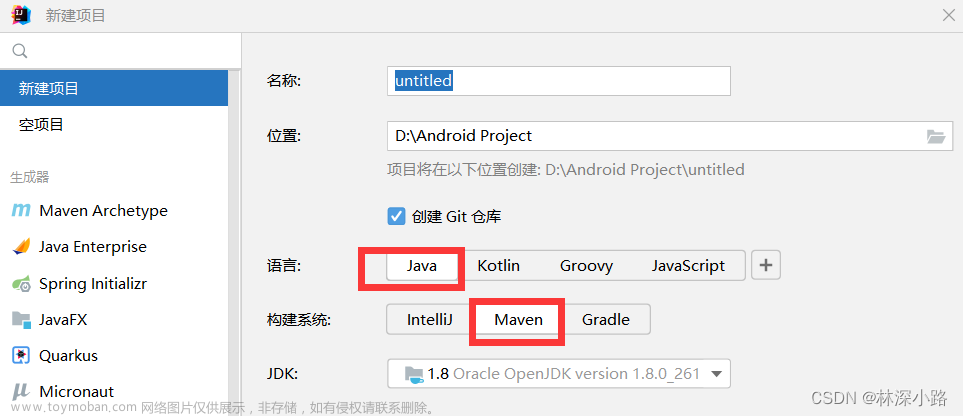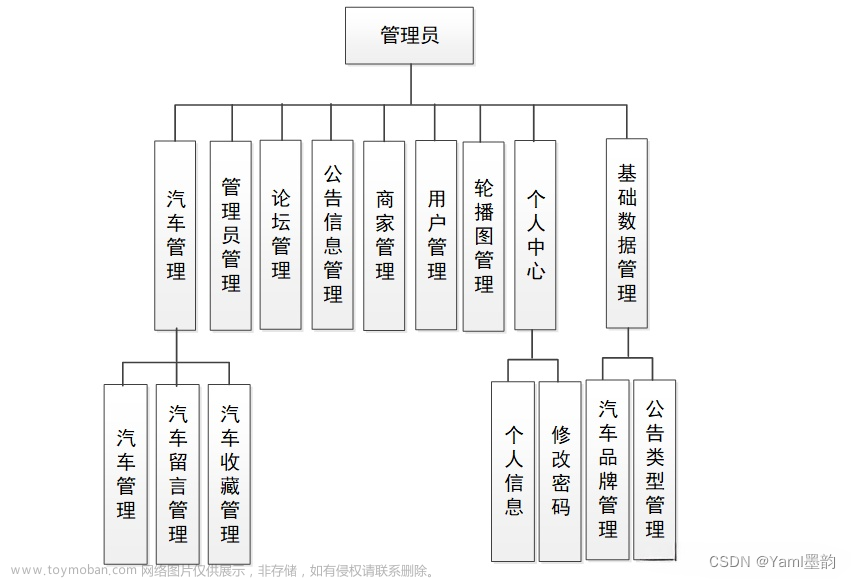1 限流方案
1.1 引言
限流对于一个微服务架构系统来说具有非常重要的意义,否则其中的某个微服务将成为整个系统隐藏的雪崩因素,为什么这么说?
举例来讲,某个平台有100多个微服务应用,但是作为底层的某个或某几个应用来说,将会被所有上层应用频繁调用,业务高峰期时,如果底层应用不做限流处理,该应用必将面临着巨大的压力,尤其是那些个别被高频调用的接口来说,最直接的表现就是导致后续新进来的请求阻塞、排队、响应超时…最后直到该服务所在JVM资源被耗尽。
1.2 常用限流策略
不管是哪种限流组件,其底层的限流实现算法大同小异,这里列举几种常用的限流算法以供了解。
点击了解Nginx中漏桶算法,令牌桶算法和滑动时间窗口算法
在微服务应用中,比较通用的做法是,利用 AOP技术+自定义注解实现对特定的方法或接口进行限流,下面基于这个思路来分别介绍下几种常用的限流方案的实现。
1.3 基于guava限流实现
guava为谷歌开源的一个比较实用的组件,利用这个组件可以帮助开发人员完成常规的限流操作,接下来看具体的实现步骤。
1.3.1 引入guava依赖
版本可以选择更高的或其他版本
<dependency>
<groupId>com.google.guava</groupId>
<artifactId>guava</artifactId>
<version>23.0</version>
</dependency>
1.3.2 自定义限流注解
自定义一个限流用的注解,后面在需要限流的方法或接口上面只需添加该注解即可;
import java.lang.annotation.ElementType;
import java.lang.annotation.Retention;
import java.lang.annotation.RetentionPolicy;
import java.lang.annotation.Target;
@Target(value = ElementType.METHOD)
@Retention(value = RetentionPolicy.RUNTIME)
public @interface RateConfigAnno {
String limitType();
double limitCount() default 5d;
}
1.3.3 限流AOP类
通过 AOP 前置通知的方式拦截添加了上述自定义限流注解的方法,解析注解中的属性值,并以该属性值作为guava提供的限流参数,该类为整个实现的核心所在。
import cn.annotation.RateConfigAnno;
import cn.limit.RateLimitHelper;
import com.alibaba.fastjson.JSONObject;
import com.google.common.util.concurrent.RateLimiter;
import lombok.extern.slf4j.Slf4j;
import org.aspectj.lang.JoinPoint;
import org.aspectj.lang.annotation.Aspect;
import org.aspectj.lang.annotation.Before;
import org.aspectj.lang.reflect.MethodSignature;
import org.springframework.stereotype.Component;
import org.springframework.web.context.request.RequestContextHolder;
import org.springframework.web.context.request.ServletRequestAttributes;
import javax.servlet.ServletOutputStream;
import javax.servlet.http.HttpServletResponse;
import java.io.IOException;
import java.lang.reflect.Method;
import java.util.Objects;
@Slf4j
@Aspect
@Component
public class GuavaLimitAop {
//如果该类和注解在同一包下
//@Before("execution(@RateConfigAnno * *(..))")
//如果该类和注解不在同一包下
@Before("execution(@cn.annotation.RateConfigAnno * *(..))")
public void limit(JoinPoint joinPoint) {
//1、获取当前的调用方法
Method currentMethod = getCurrentMethod(joinPoint);
if (Objects.isNull(currentMethod)) {
return;
}
//2、从方法注解定义上获取限流的类型
String limitType = currentMethod.getAnnotation(RateConfigAnno.class).limitType();
double limitCount = currentMethod.getAnnotation(RateConfigAnno.class).limitCount();
//使用guava的令牌桶算法获取一个令牌,获取不到先等待
RateLimiter rateLimiter = RateLimitHelper.getRateLimiter(limitType, limitCount);
boolean b = rateLimiter.tryAcquire();
if (b) {
System.out.println("获取到令牌");
}else {
HttpServletResponse resp = ((ServletRequestAttributes) RequestContextHolder.getRequestAttributes()).getResponse();
JSONObject jsonObject=new JSONObject();
jsonObject.put("success",false);
jsonObject.put("msg","限流中");
try {
output(resp, jsonObject.toJSONString());
}catch (Exception e){
logger.error("error,e:{}",e);
}
}
}
private Method getCurrentMethod(JoinPoint joinPoint) {
Method[] methods = joinPoint.getTarget().getClass().getMethods();
Method target = null;
for (Method method : methods) {
if (method.getName().equals(joinPoint.getSignature().getName())) {
target = method;
break;
}
}
//或者使用如下方式获取method对象
//MethodSignature signature = (MethodSignature) joinPoint.getSignature();
//Method method = signature.getMethod();
return target;
}
public void output(HttpServletResponse response, String msg) throws IOException {
response.setContentType("application/json;charset=UTF-8");
ServletOutputStream outputStream = null;
try {
outputStream = response.getOutputStream();
outputStream.write(msg.getBytes("UTF-8"));
} catch (IOException e) {
e.printStackTrace();
} finally {
outputStream.flush();
outputStream.close();
}
}
}
其中限流的核心API即为RateLimiter这个对象,涉及到的RateLimitHelper类如下
import com.google.common.util.concurrent.RateLimiter;
import java.util.HashMap;
import java.util.Map;
public class RateLimitHelper {
private RateLimitHelper(){}
private static Map<String,RateLimiter> rateMap = new HashMap<>();
public static RateLimiter getRateLimiter(String limitType,double limitCount ){
RateLimiter rateLimiter = rateMap.get(limitType);
if(rateLimiter == null){
rateLimiter = RateLimiter.create(limitCount);
rateMap.put(limitType,rateLimiter);
}
return rateLimiter;
}
}
1.3.4 测试接口
下面添加一个测试接口,测试一下上面的代码是否生效
@RestController
public class OrderController {
@GetMapping("/save")
@RateConfigAnno(limitType = "saveOrder",limitCount = 1)
public String save(){
return "success";
}
}
1.4 基于sentinel限流实现
在不少人的意识中,sentinel通常是需要结合springcloud-alibaba框架一起实用的,而且与框架集成之后,可以配合控制台一起使用达到更好的效果,实际上,sentinel官方也提供了相对原生的SDK可供使用,接下来就以这种方式进行整合。
1.4.1 引入sentinel核心依赖包
<dependency>
<groupId>com.alibaba.csp</groupId>
<artifactId>sentinel-core</artifactId>
<version>1.8.0</version>
</dependency>
1.4.2 自定义限流注解
可以根据需要,添加更多的属性
import java.lang.annotation.ElementType;
import java.lang.annotation.Retention;
import java.lang.annotation.RetentionPolicy;
import java.lang.annotation.Target;
@Target(value = ElementType.METHOD)
@Retention(value = RetentionPolicy.RUNTIME)
public @interface SentinelLimitAnnotation {
String resourceName();
int limitCount() default 5;
}
1.4.3 自定义AOP类实现限流
该类的实现思路与上述使用guava类似,不同的是,这里使用的是sentinel原生的限流相关的API
import com.alibaba.csp.sentinel.Entry;
import com.alibaba.csp.sentinel.SphU;
import com.alibaba.csp.sentinel.Tracer;
import com.alibaba.csp.sentinel.slots.block.BlockException;
import com.alibaba.csp.sentinel.slots.block.RuleConstant;
import com.alibaba.csp.sentinel.slots.block.flow.FlowRule;
import com.alibaba.csp.sentinel.slots.block.flow.FlowRuleManager;
import org.apache.commons.lang3.StringUtils;
import org.aspectj.lang.JoinPoint;
import org.aspectj.lang.ProceedingJoinPoint;
import org.aspectj.lang.annotation.Around;
import org.aspectj.lang.annotation.Aspect;
import org.aspectj.lang.annotation.Pointcut;
import org.springframework.stereotype.Component;
import java.lang.reflect.Method;
import java.util.ArrayList;
import java.util.List;
import java.util.Objects;
@Aspect
@Component
public class SentinelMethodLimitAop {
private static void initFlowRule(String resourceName,int limitCount) {
List<FlowRule> rules = new ArrayList<>();
FlowRule rule = new FlowRule();
//设置受保护的资源
rule.setResource(resourceName);
//设置流控规则 QPS
rule.setGrade(RuleConstant.FLOW_GRADE_QPS);
//设置受保护的资源阈值
rule.setCount(limitCount);
rules.add(rule);
//加载配置好的规则
FlowRuleManager.loadRules(rules);
}
@Pointcut(value = "@annotation(com.congge.sentinel.SentinelLimitAnnotation)")
public void rateLimit() {
}
@Around("rateLimit()")
public Object around(ProceedingJoinPoint joinPoint) {
//1、获取当前的调用方法
Method currentMethod = getCurrentMethod(joinPoint);
if (Objects.isNull(currentMethod)) {
return null;
}
//2、从方法注解定义上获取限流的类型
String resourceName = currentMethod.getAnnotation(SentinelLimitAnnotation.class).resourceName();
if(StringUtils.isEmpty(resourceName)){
throw new RuntimeException("资源名称为空");
}
int limitCount = currentMethod.getAnnotation(SentinelLimitAnnotation.class).limitCount();
initFlowRule(resourceName,limitCount);
Entry entry = null;
Object result = null;
try {
entry = SphU.entry(resourceName);
try {
result = joinPoint.proceed();
} catch (Throwable throwable) {
throwable.printStackTrace();
}
} catch (BlockException ex) {
// 资源访问阻止,被限流或被降级
// 在此处进行相应的处理操作
System.out.println("blocked");
return "被限流了";
} catch (Exception e) {
Tracer.traceEntry(e, entry);
} finally {
if (entry != null) {
entry.exit();
}
}
return result;
}
private Method getCurrentMethod(JoinPoint joinPoint) {
Method[] methods = joinPoint.getTarget().getClass().getMethods();
Method target = null;
for (Method method : methods) {
if (method.getName().equals(joinPoint.getSignature().getName())) {
target = method;
break;
}
}
//或者使用如下方式获取method对象
//MethodSignature signature = (MethodSignature) joinPoint.getSignature();
//Method method = signature.getMethod();
return target;
}
}
1.4.4 自定义测试接口
为了模拟效果,这里将QPS的数量设置为1文章来源:https://www.toymoban.com/news/detail-542070.html
@GetMapping("/limit")
@SentinelLimitAnnotation(limitCount = 1,resourceName = "sentinelLimit")
public String sentinelLimit(){
return "sentinelLimit";
}
1.5 基于redis+lua限流实现
点击了解redis+lua 限流方案以及Lua脚本讲解说明文章来源地址https://www.toymoban.com/news/detail-542070.html
到了这里,关于Spring限流之限流方案分析的文章就介绍完了。如果您还想了解更多内容,请在右上角搜索TOY模板网以前的文章或继续浏览下面的相关文章,希望大家以后多多支持TOY模板网!










